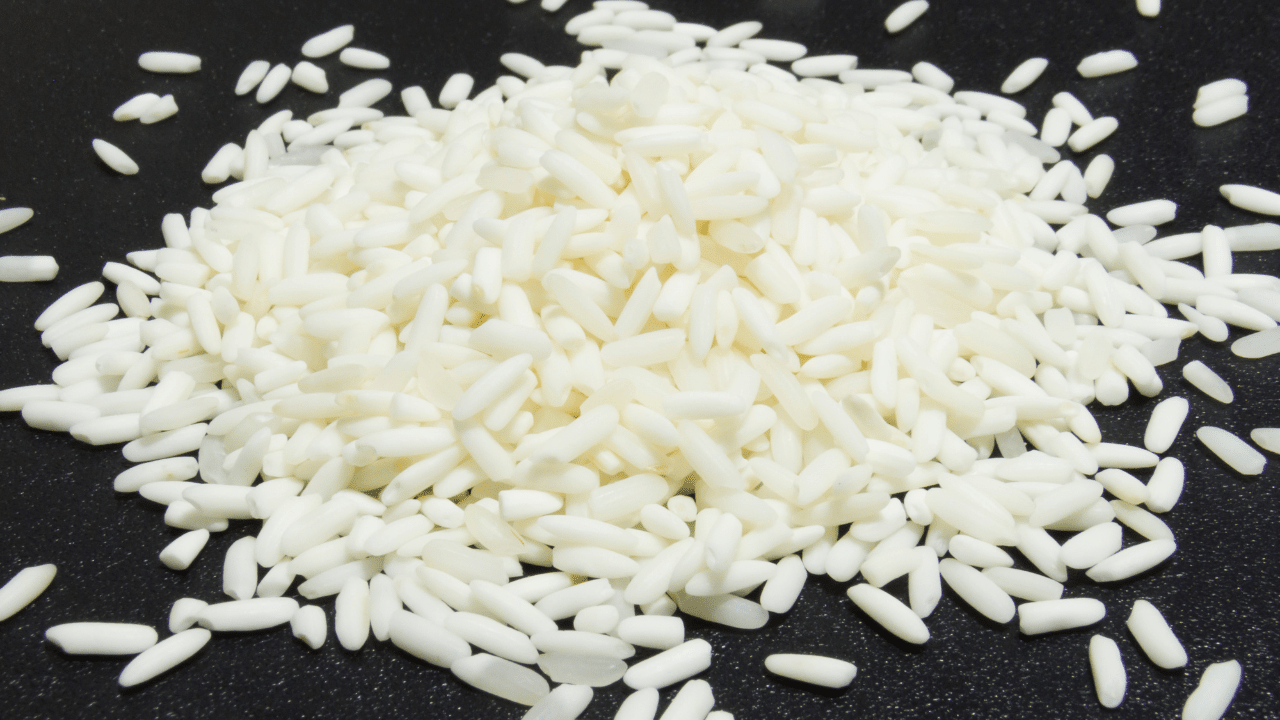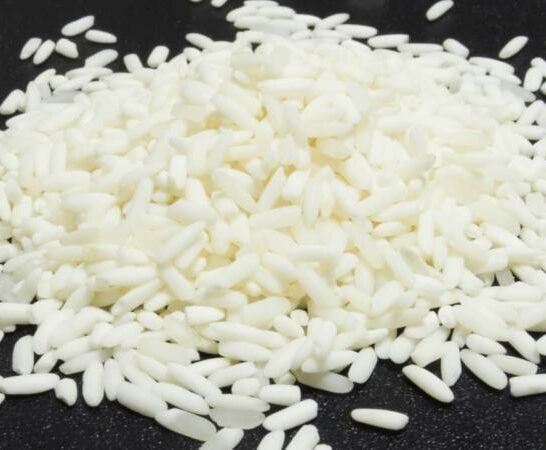Rice is one of the most regularly eaten grains daily.
Nearly fifty percent of the world’s population depends on rice for 20% (approximately) of their daily calories.
What is polished rice?
Polished rice is white, or “milled”, rice. It is rice that has had its outer husk and its bran layers removed.

Rice, polished and unpolished: fast facts
Two basic types of rice exist polished white rice and unpolished brown rice.
The main difference between the two types of rice is that polished rice has had its outer bran layer removed, which is unfortunate for health.
The outer bran layer of rice contains most of the vitamins in rice, such as the B complex.
Polished vs. unpolished rice
The primary difference between white and unpolished rice is milling.
Although the varieties might be similar, it is only in the milling process that unpolished rice becomes white.
Milling, also known as “whitening”, is a process of removing the outer bran layer. Milling can affect the nutritional quality and nutrition of rice.
Milling removes the bran layer of rice grains, leaving only the core of carbohydrates.
White rice is a poor competitor in nutrition because it lacks the bran layer, which contains vital nutrients.
White rice has a significantly lower fiber content than brown rice.
Also, oil, most B vitamins, and important minerals are much lower in white.
The bran layer is rich in thiamine, a vital nutrient in milk provided by nursing mothers.
Unpolished rice is best for your health and well-being.
The majority of the protein and the thiamine in the grain is removed by milling.
Beriberi is a thiamine shortage when polished rice is the main source of calories.

The benefits of unpolished rice
Many nutritionists believe eating unpolished rice is healthier than eating polished rice.
White rice is easier to cook, has a smoother texture, and absorbs the flavors of whatever you’re using it with.
Unfortunately, white rice is nearly devoid of nutritional value.
Comparisons between unpolished and enriched white rice are more similar than plain polished rice or unpolished.
Nutritionists believe that unpolished white rice bran contains more vitamins than enriched white rice.
Unpolished rice is rich in dietary fiber, significantly benefiting the digestive system.
White rice packaging is labeled “enriched” because it lacks the nutrients that white rice needs to be healthy.
Below are the healthy benefits of unpolished white rice.

Brown (unpolished) rice is selenium-rich
It is high in selenium, which lowers your risk of developing common diseases like cancer, heart disease, arthritis, and other ailments.
Brown (unpolished) rice contains a lot of manganese
Unpolished rice contains 80% of our daily requirements for manganese.
Manganese aids the body in synthesizing fats. Manganese is also good for our nervous system and reproductive system.
Brown (unpolished) rice contains a lot of natural oils
The body can benefit from naturally occurring oils as these healthy fats help to normalize cholesterol levels.
Brown (unpolished) rice helps weight-loss diets
Unpolished rice has a high fiber content, which helps maintain bowel function. It also makes digestion easier.
Brown rice is great as a regular part of the daily diet for those who want regular bowel movements.
It makes people feel fuller, which means that they will eat fewer meals.
Unpolished rice can be considered a whole grain because it has not lost its “wholeness”, even after being refined.

Whole grains have been shown to lower arterial plaque buildup and reduce high cholesterol and heart disease risk.
However, many of the nutritional benefits of unpolished rice are irrelevant in modern society because the accompanying food can make up for any nutritional deficiencies in white rice.
Nevertheless, it is undoubtedly true that unpolished rice is generally healthier than polished rice.
More than half the world’s population is dependent on rice for its staple food.
It provides more than 20% of daily calories.
In 2009, rice provided 19% per capita global energy and 13% per capita protein.
Nearly 500 million tons of milled grain are consumed worldwide. India is second in rice consumption after China.
Asia accounts for a huge part of the world’s consumption of rice.
What to do with polished rice
You can do so many things with polished rice.
It is a great basic piece that can be added to any meal with ease. Here are some simple suggestions for using polished rice:
- Add rice to a casserole and bake everything
- Make fried rice
- Make rice milk
- Make Spanish beans and rice
- Make steamed rice
- Make sticky rice
- Make stir-fried rice
- Make Zongzi
- Offer rice as a side dish
- Those who drink alcohol can make Sake from rice
These are just some examples of polished rice. There are many other uses for polished rice or any type of rice.
Rice is versatile and very affordable.

Cooking polished rice: step-by-step
All that is needed is rice and some water. While butter and salt are recommended, they are not required.
- Use a ratio of 1:2 for cups of rice and water.
- Bring water to a boil. Add 1 teaspoon of salt and 1 teaspoon of butter, if desired.
- Stir the rice well into the boiling water.
- Turn down the heat to medium-low, and then cover the rice. Reduce the heat if a lot of steam is escaping.
- Cover and cook for 20 minutes. Don’t lift the lid or stir. Rice is cooked when there is steam underneath the lid.
- When 20 minutes have elapsed, take off the cover and stir. Fluff with a fork.
- The pan should not have excess water. If it does, let it rest for a few minutes.
This is the simplest, most straightforward way to cook polished rice.
I don’t know of any culinary use of uncooked rice, and I strongly recommend cooking all rice properly before serving it.
Frequently Asked Questions About Rice
Can rice be reheated?
If the rice has been cooked, it can be reheated, but try not to keep it in the fridge for longer than one day before reheating. Ensure the rice is hot throughout the reheating process.
Is rice a carbohydrate?
Rice is indeed a complex carbohydrate. Brown rice is an unrefined complex carb, while white rice is refined. Brown rice and other unrefined carbohydrates are good for the human body because the body has to work to absorb these carbs, which helps stabilize blood sugar and insulin levels.
Afterword: What is polished rice?
Nutritionists worldwide agree that eating unpolished brown rice is healthier than polished white rice.
As with many foods humans love, there is a preference for those from which the body can most easily extract calories.
Without its protective layers, polished rice gives up its calories far more easily than unpolished rice with its layers of protection.

